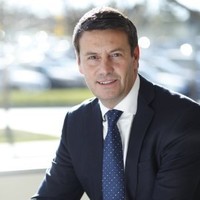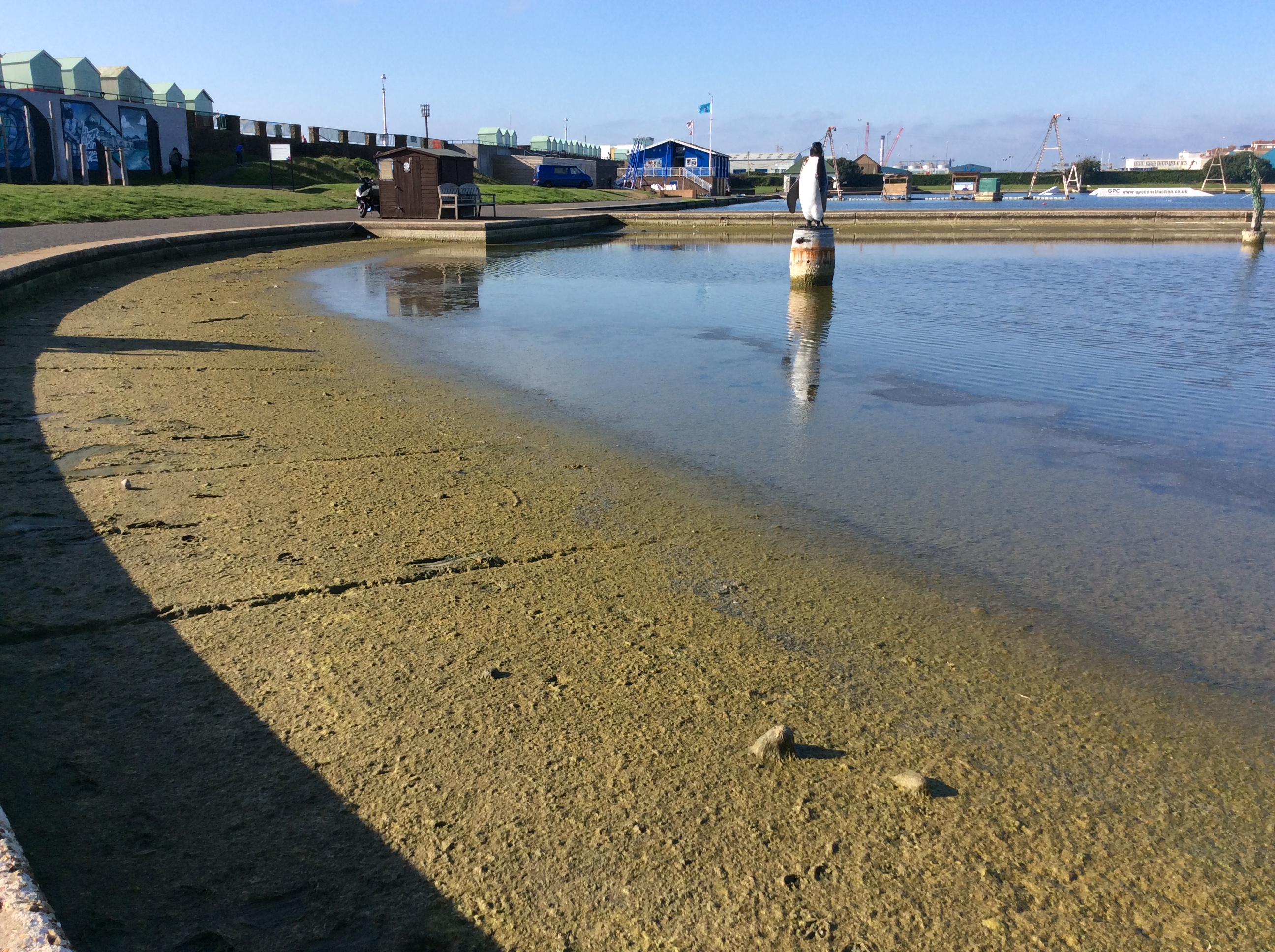Big changes are needed if the Greater Brighton area is to have enough water – and secure power supplies – in the decades ahead, a meeting was told yesterday (Tuesday 28 January).
Despite the wet winter, the recent heavy rainfall follows a decade of drought, and thousands of new homes are planned, adding to the “water stress” in the region.
Southern Water chief executive Ian McAulay told the Greater Brighton Economic Board that local authorities like Brighton and Hove City Council had declared a climate emergency.
But he said: “I don’t feel the urgency yet.”
Mr McAulay said: “I have worked in India, Africa and Asia and this is one of the most water stressed regions I’ve ever worked in.
“It’s not getting better. We’ll have a 250 megalitre-a-day deficit in about 15 years. That is a very significant number. It works out at 250 million litres a day.
“People in this area need to reduce their consumption to 100 litres a day each. Currently, people use 128 litres a day which makes the south east one of the better performers in the country.”
As the chair of the Greater Brighton Economic Board’s Infrastructure Panel he has been bringing “stakeholders” together to try to ensure that water and power supplies are “sustainable”.
He said that the city region’s population is expected to grown by 97,000 to almost 950,000 within 10 years, living in 50,000 new homes. And more businesses will also be drawing on water and energy supplies.
Councillor Phélim Mac Cafferty, the Green opposition leader on Brighton and Hove City Council, was asked about the pace of change.
For example, he cited the original vision for the Greater Brighton Energy Plan: “By 2050 Greater Brighton will have a resilient zero carbon and smart energy system that enables and supports a sustainable and healthy economy, environment and society across the city region.”
Councillor Mac Cafferty said: “The scientific consensus tells us we’ve got about a decade to get to the bottom of this.
“Why are we talking about 2050, especially as we have EU funding coming to an end. That will have to be found somewhere.”
Mr McAulay said that he agree about the need to accelerate “delivery”, adding: “It’s not fast enough.”
Councillor Zoe Nicholson, the Green leader of Lewes District Council, wanted a greater emphasis on retrofitting properties so that they used less power and water.
She said that councils, universities and other public bodies owned a huge number of properties and a huge amount of land.
She said: “I want to encourage us to have a particular workstream so we can address that problem at pace.”
Mr McAulay also spoke about the project to re-establish the Sussex Kelp Forest along 70 miles of coast as one of the most exciting that he had ever seen.
Kelp absorbs carbon at a much greater rate than trees, he said, adding: “We’ve been scrabbling away trying to find places to plant trees for our carbon reduction commitment. The answer is in the ocean!”
To help the rewilding of the local coastline, the Sussex Inshore Fisheries and Conservation Authority agreed a by-law last week to ban inshore trawling.

The move had the backing of the broadcaster and naturalist Sir David Attenborough and is expected to be signed off by the government in the near future.
The kelp not only absorbs carbon but was also said to reduce coastal erosion and flood risk.
Brighton University vice-chancellor Debra Humphris offered urged Mr McAulay to harness the energy of her civil engineering and ecology students – and their “passion and enthusiasm” for the future.
Professor Humphris said: “It’s not just a job they can do when they graduate. It’s also the projects they can do when they’re students.
“There is work you can give them that are real meaningful projects they can carry out as undergraduates and post graduates.
“We can get some of the work done for you. They can get a brilliant experience – and you’ll get their energy.”
Final versions of the Greater Brighton energy and water plans are due to be presented to the board in April.








